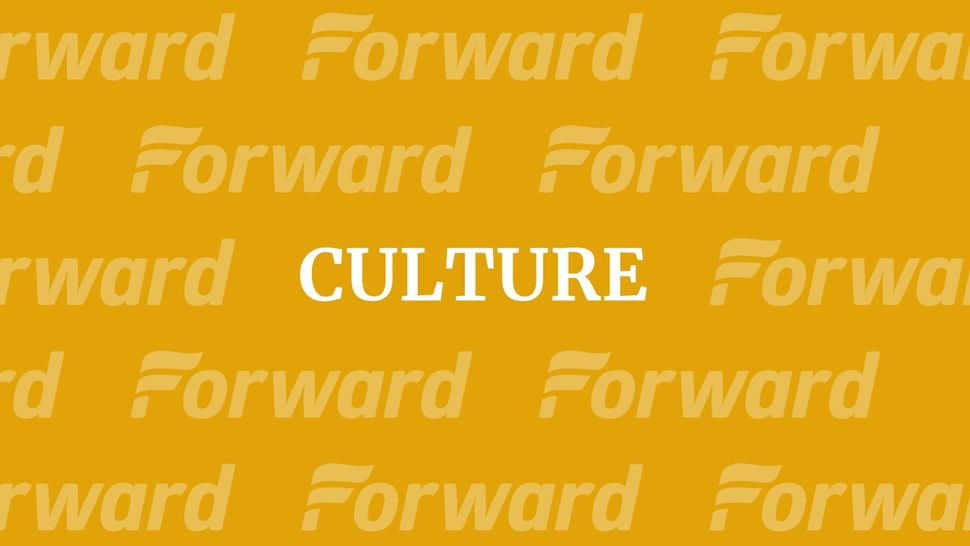A Basil-Scented Sukkah

One of my earliest Sukkot memories concerns wasted food. My father was the assistant rabbi of a large synagogue, which decorated its two enormous sukkahs with fresh fruits and vegetables: green peppers and apples and oranges.
But even as a small child, I understood that once all that food had spent the eight days of Sukkot exposed to cold Toronto air, it was garbage. To my twin sister and I, it seemed wrong to let that food go to waste. And while we couldn’t change what the shul did, it changed how we decorated our sukkah at home. From that day forward, nothing that could be eaten could become a decoration. It’s still our custom today.
The underlying Jewish value of ba’al tashkhit, or not wasting, guides my actions. Faced with a bounty of food during a harvest celebration, it isn’t a time for waste.
Though, this year, I am faced with a dilemma. My family moved to a home last year with a flourishing basil plant in the yard. Hoping to create a large herb garden, I added an additional eight basil plans.
By mid-summer my patience and lots of sunlight paid off. Eight huge basil plants were taking over my front yard. Having already made pesto and sent out a desperate plea for my local friends to share in our plentiful harvest. I stopped pruning the flowers. And now we are through the High Holidays — and the plants keep growing.
So it occurred to me: why not use the basil to decorate our sukkah? The smell would be wonderful and it would be a nice element to pair with branches of the willow tree growing in the back, perhaps carrying on the legacy of someone planting the aravot, or willow branches of their lulav in the ground. I love the idea of using something I planted, however small, for hiddur mitzvah, the beautification and enhancement of the mitzvah of sukkah decoration.
I worry though, is it still a waste of food? Even after all these years, it still feels a little odd to use potential food in our sukkah.
In the end, the basil is going to go on the walls. Our sukkah will have local decorations, and my daughters will connect what they see during the holiday with the plants they saw blossom all summer. It will bring a sense of closure to new efforts, and inspire my planting for the New Year.
It is better for the basil to become part of the holiday of celebration than to become victim to frost. Perhaps it will even lead to a new custom for our family, with a different herb-scented sukkah each year. And who knows what changes my daughters will demand when they, too, become indignant five year olds. This is all part of the blessing of sukkot.

I hope you appreciated this article. Before you go, I’d like to ask you to please support the Forward’s award-winning journalism this Passover.
In this age of misinformation, our work is needed like never before. We report on the news that matters most to American Jews, driven by truth, not ideology.
At a time when newsrooms are closing or cutting back, the Forward has removed its paywall. That means for the first time in our 126-year history, Forward journalism is free to everyone, everywhere. With an ongoing war, rising antisemitism, and a flood of disinformation that may affect the upcoming election, we believe that free and open access to Jewish journalism is imperative.
Readers like you make it all possible. Right now, we’re in the middle of our Passover Pledge Drive and we still need 300 people to step up and make a gift to sustain our trustworthy, independent journalism.
Make a gift of any size and become a Forward member today. You’ll support our mission to tell the American Jewish story fully and fairly.
— Rachel Fishman Feddersen, Publisher and CEO
Join our mission to tell the Jewish story fully and fairly.
Only 300 more gifts needed by April 30
























